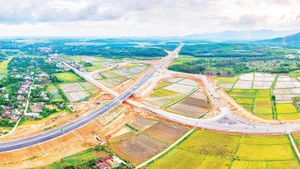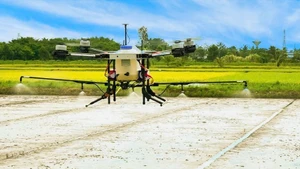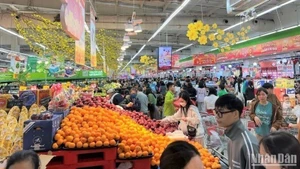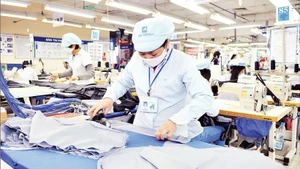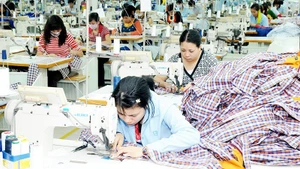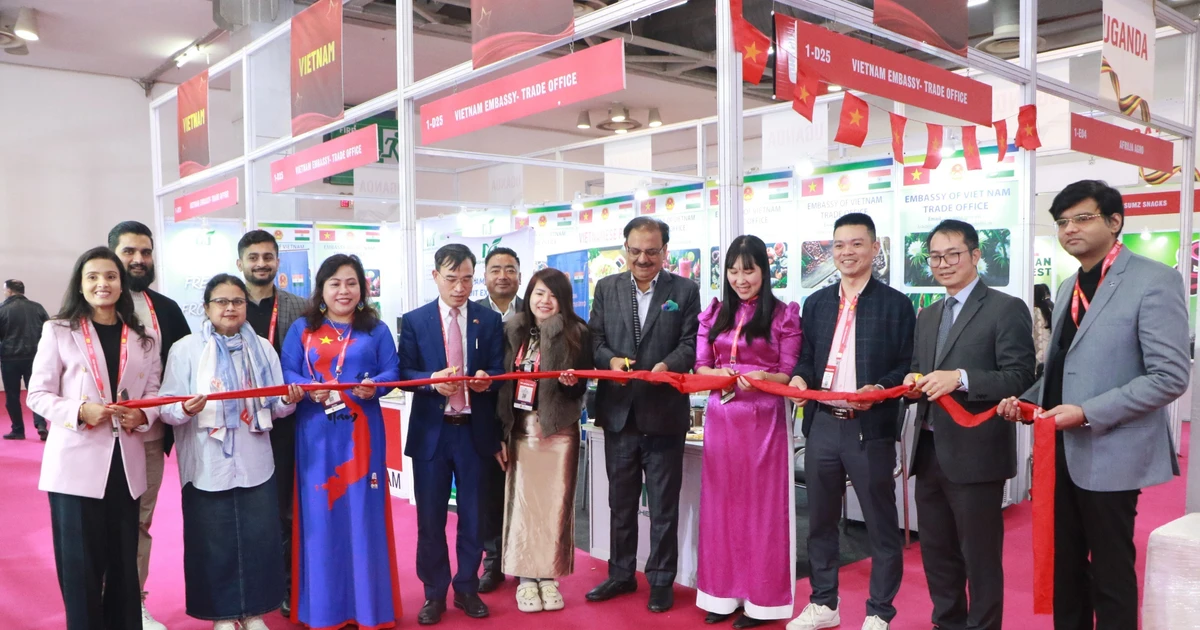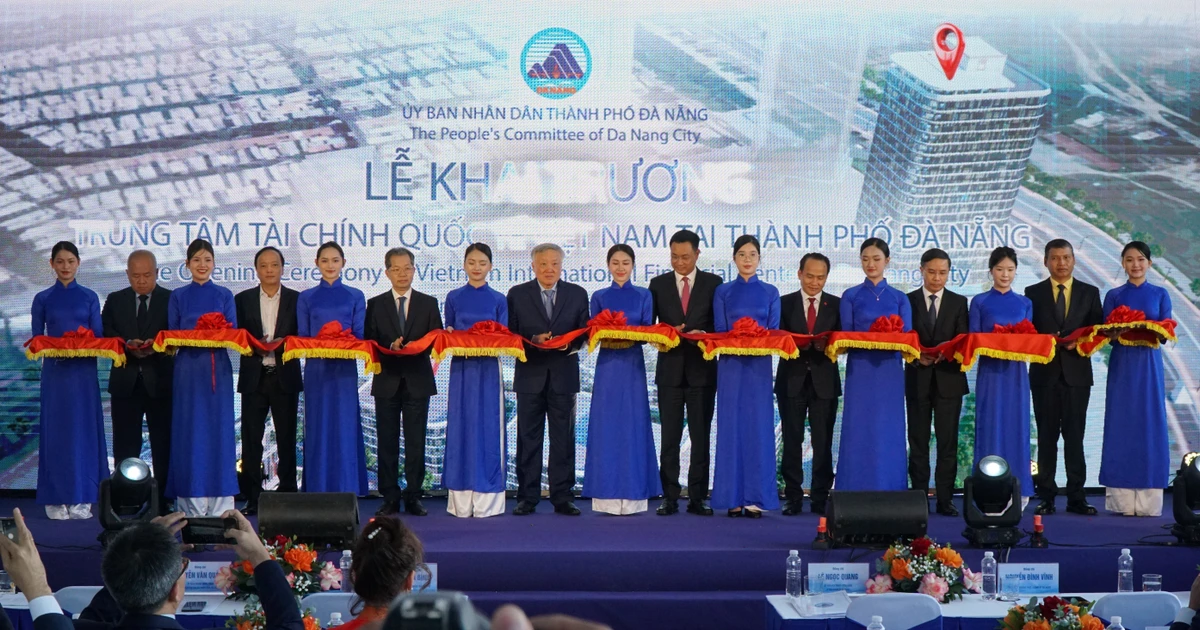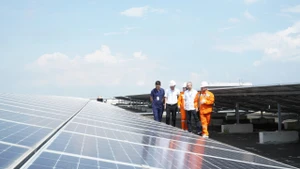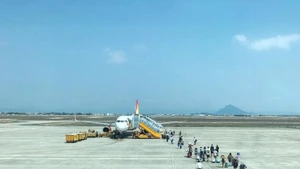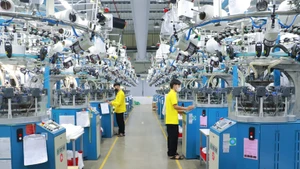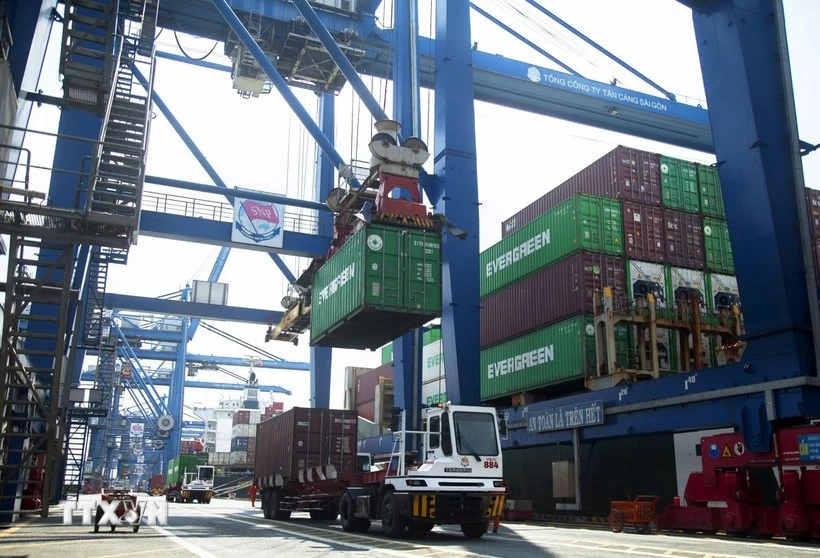Thanks to a policy well-suited to local conditions, Son La now has more than 85,000 hectares of fruit trees and docynia indica, an increase of 219% in area compared to 2016, and a 332% increase in output. This figure represents 81.14% of the target set for 2025.
The province has converted 33,189 hectares of sloping land from food and inefficient crops to fruit trees. This includes 1,259 hectares of upland rice land, 30,599 hectares of maize, 716 hectares of cassava, and 615 hectares of coffee.
The transition from low-yield industrial and food crops to fruit trees has made effective use of Son La’s potential and advantages, facilitated economic restructuring, and promoted the application of intensive farming techniques to improve productivity and product quality.
Son La has established eight recognised high-tech agricultural production zones, five of which grow fruit trees such as custard apple, longan, mango, and plum in various districts, reaching 200% of the original target for 2025.
In 2016, Son La had no fruit-growing areas or packaging facilities with traceability codes. As of now, the province maintains 218 planting area codes, including 202 for fruit export and 16 for crop production, covering a total of 3,142 hectares, along with eight packaging facility codes for exporting longan, mango, macadamia, and passion fruit.
The province currently boasts 31 agricultural products bearing the Son La geographical indication protected by the Intellectual Property Office of Viet Nam, an increase of 30 protected products compared to 2016. In addition, 59 OCOP products are being produced and processed from fruit.
Since 2016, Son La has established 335 fruit-growing enterprises, cooperatives, and cooperative unions with a combined area of 6,766 hectares—an increase of 297 units compared to 2015.
In 2015, agricultural products in Son La were mainly processed manually. By 2025, the province is expected to have 560 agricultural processing plants and facilities, including 17 factories and 543 processing units. It will also have over 2,700 facilities for drying longan and other agricultural products, and 40 cold storage units, helping to extend preservation time, reduce post-harvest losses, and ease the pressure of selling fresh produce during short harvesting seasons.
Beyond resolving economic issues, the province has also addressed employment and income challenges for farmers by attracting three major fruit processing plants and several small- and medium-scale processing facilities linked to raw material areas in various districts and cities.
The development of fruit production and processing cooperatives has contributed to fulfilling Criterion 13 on production organisation in the National Target Programme on New Rural Development. It has created stable jobs and incomes for nearly 5,000 workers, helped improve living standards, and sustainably reduced poverty, especially in ethnic minority areas.

